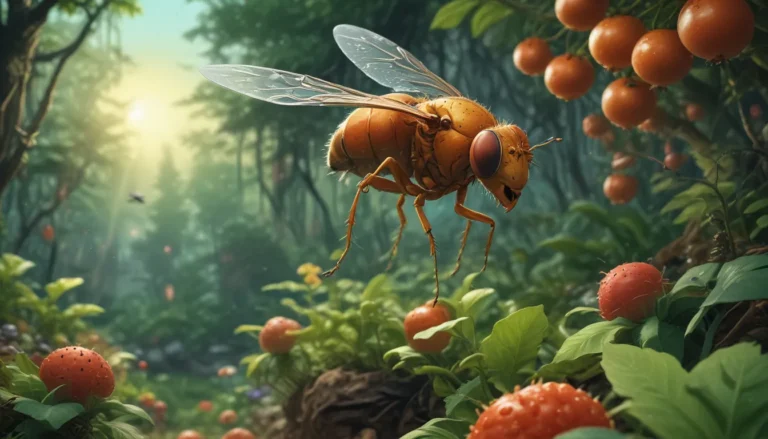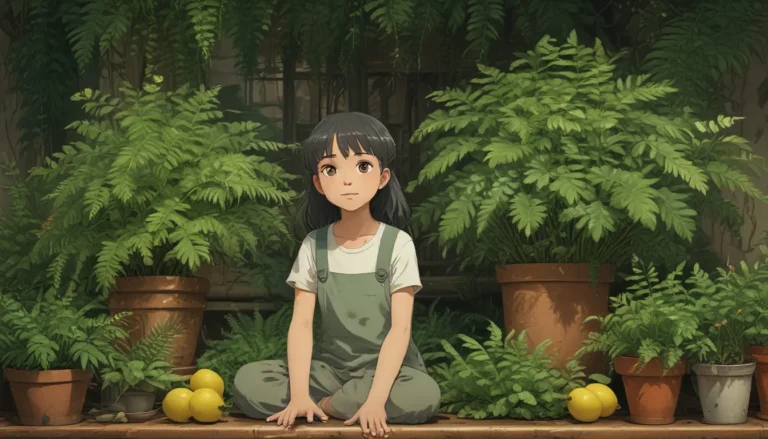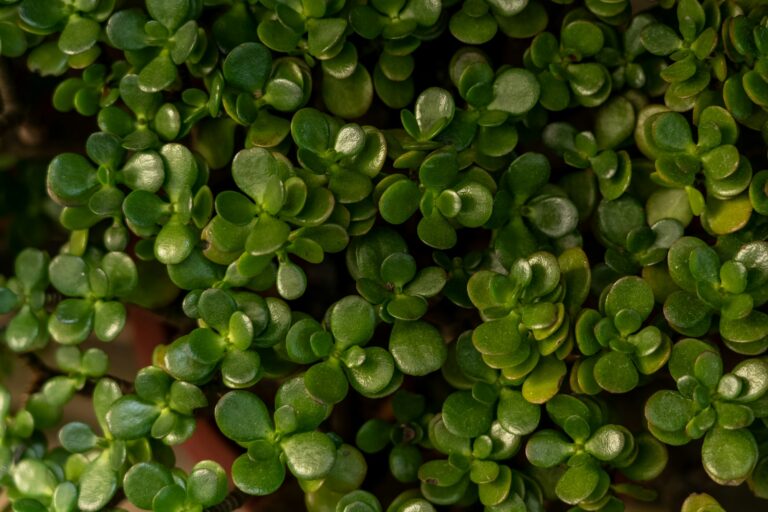Comprehensive Guide on Growing Hummingbird Plants (Firecracker Plants)

If you’re a fan of beautiful plants that attract pollinators like hummingbirds to your garden, then Dicliptera squarrosa, also known as the hummingbird plant or firecracker plant, is a must-have addition to your landscape.
This herbaceous perennial belonging to the acanthus family is not only eye-catching with its fiery red-orange blooms but also provides a valuable source of nectar for hummingbirds. Originating from central South America and hardy in USDA Zones 7 through 11, D. squarrosa is a resilient plant that can thrive in a variety of conditions.
In this comprehensive guide, we will explore everything you need to know about growing and caring for hummingbird plants, from propagation to maintenance and beyond.
What are Hummingbird Plants?
Hummingbird plants are herbaceous perennials that belong to the acanthus family, Acanthaceae. Dicliptera squarrosa, in particular, is known for its vibrant red-orange blooms that attract hummingbirds and other pollinators to the garden. The plant produces tubular flowers that are rich in nectar and serve as a food source for these winged visitors.
Besides its visual appeal, D. squarrosa is a resilient plant that can withstand heat, humidity, and drought. It also has no known serious pests or diseases that pose a threat to its health.
Propagation
If you’re looking to add more hummingbird plants to your garden, propagation is a great way to multiply your existing plants. You can propagate D. squarrosa through cuttings or by transplanting starts from nurseries.
From Cuttings
In late spring, take cuttings from the terminal ends of shoots, remove the leaves from the bottom half, and dip the cut end in rooting hormone before planting. Place the cuttings in a mix of peat moss and perlite, keep them moist, and provide indirect light for optimal root formation.
Via Transplanting
For transplanting, choose a sunny location with well-draining soil and adequate space for the plant to spread. Plant the transplants at the same depth as their root system and water them regularly until they establish themselves in their new environment.
How to Grow Firecracker Plants
To ensure the optimal growth of your hummingbird plants, it’s essential to provide them with the right growing conditions.
Climate and Exposure Needs
Dicliptera squarrosa thrives in USDA Zones 7 to 10 and requires full sun for maximum flower production. While the plant can tolerate partial shade, full sun exposure is ideal for encouraging abundant blooms and attracting hummingbirds.
Soil Needs
Hummingbird plants prefer well-draining soil with a pH range of 6.0 to 8.0. A loamy or sandy soil composition works well for these plants, or you can use a soilless potting mix for container-grown specimens.
Irrigation and Fertilization Needs
Hummingbird plants prefer moist soil but can tolerate drought conditions once established. Water your plants when the soil surface feels dry, and fertilize them with compost or well-rotted manure in the spring to ensure adequate nutrition for growth.
Growing Tips
- Full sun exposure is preferable, but partial shade is acceptable.
- Ensure the growing medium is well-draining.
- Water the plants when the soil surface is dry to maintain optimal moisture levels.
Pruning and Maintenance
Maintaining your hummingbird plants involves occasional pruning and upkeep to keep them healthy and blooming.
- Deadhead the blooms after flowering to prevent legginess.
- Cut the plant back to the ground in late fall to encourage vigorous regrowth in spring.
- Keep the plants mulched to protect them in cold weather and suppress weed growth.
Where to Buy Hummingbird Plants
While D. squarrosa can be challenging to find in physical nurseries, online shopping offers a convenient way to purchase these plants. Look for reputable vendors who sell high-quality plants and consider attending plant swaps or horticultural shows to acquire specimens from other gardening enthusiasts.
Managing Pests and Disease
Hummingbird plants are relatively pest and disease-resistant, making them low-maintenance additions to the garden. To protect your plants, practice good gardening habits such as sanitizing tools, using clean soil, and monitoring plant health regularly.
Best Uses for Firecracker Plants
Whether you want to attract hummingbirds or add a pop of color to your garden, hummingbird plants are versatile and visually appealing plants that can be grown as accents, in containers, or in hanging baskets. Their ability to attract pollinators makes them a valuable addition to pollinator gardens.
Quick Reference Growing Guide
- Plant Type: Herbaceous flowering perennial
- Flower/Foliage Color: Reddish-orange/grayish-green
- Native to: Central South America
- Water Needs: Moderate
- Hardiness (USDA Zones): 7-10
- Maintenance: Moderate
- Bloom Time: July to September
- Tolerance: Deer, drought, dry soil, heat, partial shade, rabbits, salt
- Exposure: Full Sun
- Soil Type: Loam, sand
- Time to Maturity: 2-5 years
- Soil pH: 6.0-8.0
- Spacing: 1.5-3 feet
- Soil Drainage: Well-draining
- Planting Depth: Depth of root system (transplants)
- Attracts: Butterflies, hummingbirds
- Height: 1.5-2 feet
- Uses: Accent, containers, hanging baskets, pollinator garden, specimen
- Spread: 1.5-3 feet
- Family: Acanthaceae
- Genus: Dicliptera
- Common Diseases: Root rot
- Species: Squarrosa
By following these guidelines, you can successfully grow and care for hummingbird plants in your garden, attracting these fascinating creatures while enjoying the beauty of these vibrant blooms.
Remember, creating a welcoming environment for hummingbirds and other pollinators not only enhances your garden but also contributes to the overall ecosystem health. So, go ahead and plant some firecracker plants to bring a burst of color and life to your outdoor space!
For more information on attracting pollinators and growing other flowering plants, check out our related guides:
– How to Grow Bee Balm: Bring Out the Hummingbirds!
– How to Grow and Care for Bidens (Tickseed Sunflowers)
– How to Grow Eye-Popping Zinnias
Now, go ahead and create a hummingbird haven in your garden with these stunning plants! Share your thoughts, questions, or fun hummingbird facts in the comments below. Happy gardening!
*





